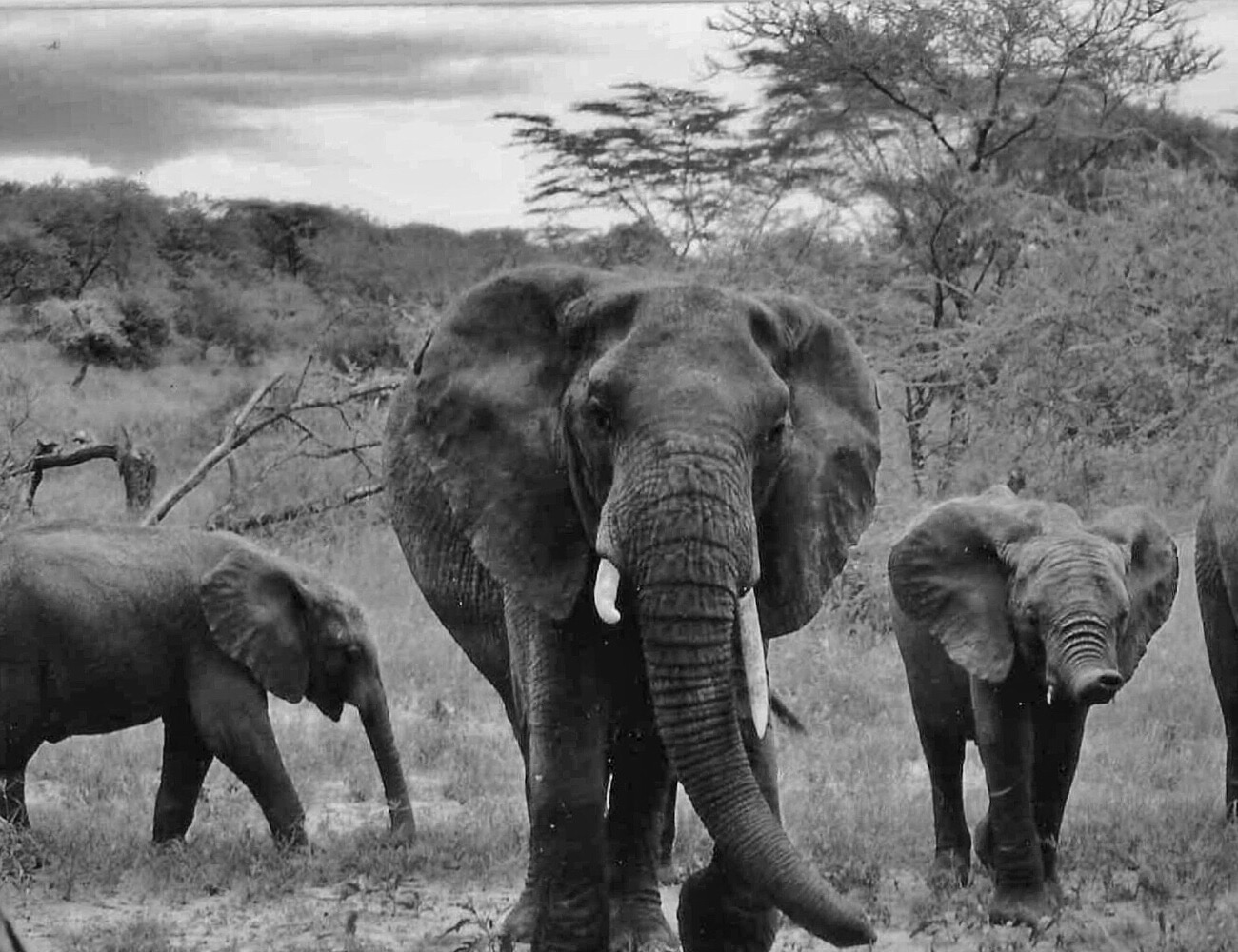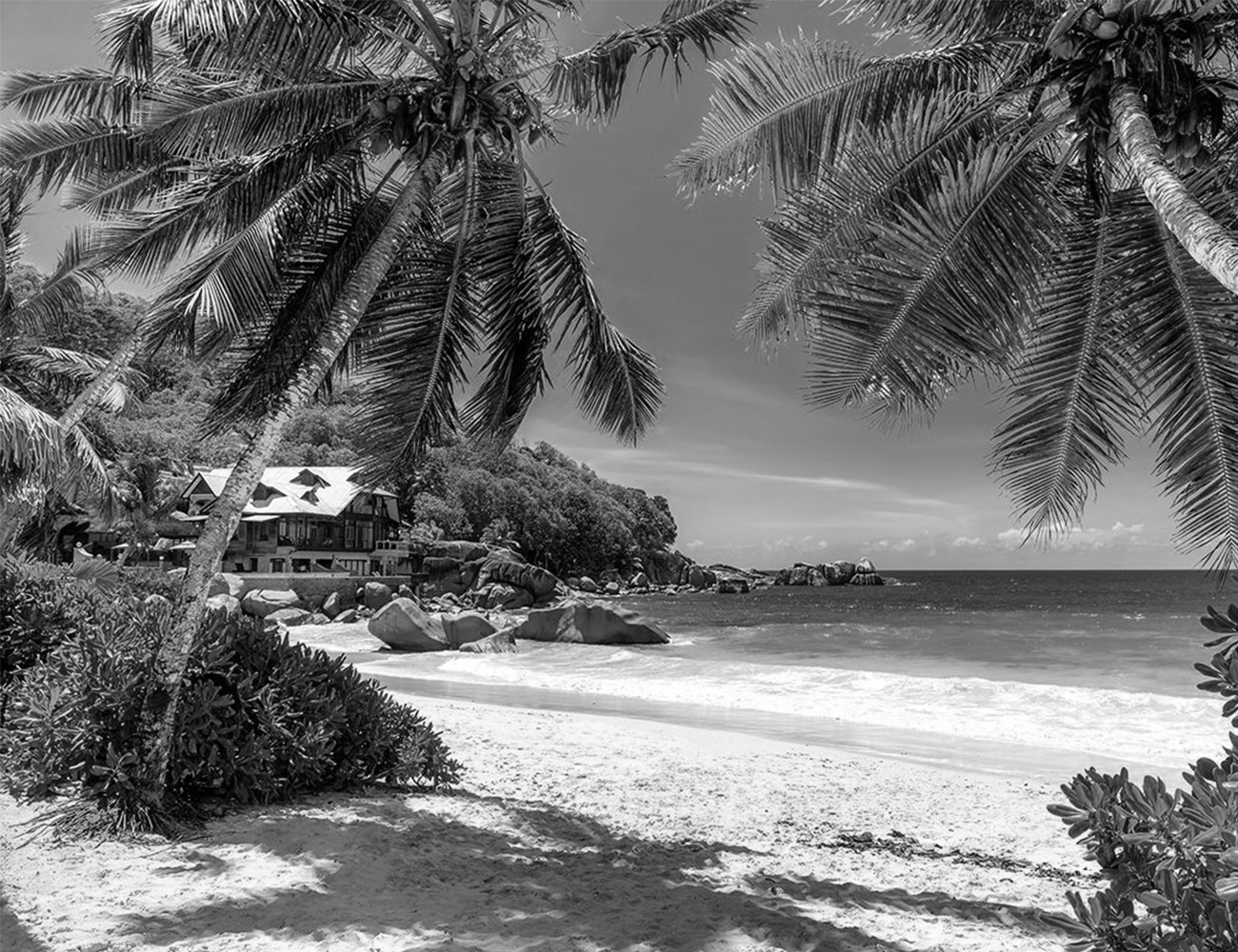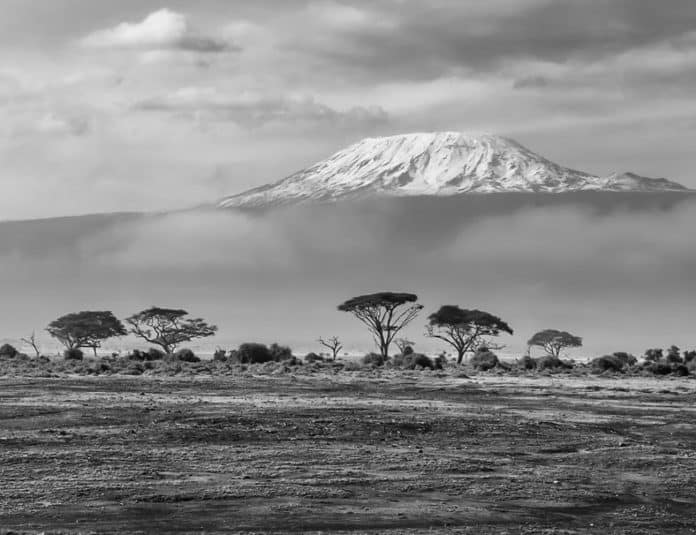Tanzania: A Jewel of Africa – Unravel its Rich Culture and Scenic Landscapes on the World Map
Have you seen the world map Tanzania Africa? Tanzania, a jewel of Africa, is a destination that effortlessly captivates with its rich culture and breathtaking landscapes. This East African nation, located on the eastern coast of the continent, is renowned for its diverse wildlife, stunning national parks, and vibrant traditions. Whether you’re an adventure seeker or a culture enthusiast, Tanzania offers an unforgettable experience that promises to leave you in awe.
Cultural diversity in Tanzania

Tanzania is home to a remarkable diversity of cultures, making it a melting pot of traditions, languages, and customs. The country’s population is composed of over 120 different ethnic groups, each with its own unique heritage. From the Maasai people, known for their distinctive red robes and traditional way of life, to the vibrant Swahili culture found along the coast, Tanzania offers a fascinating glimpse into the rich tapestry of African cultures.
Visiting local communities provides an opportunity to witness traditional music, dance, and art. The rhythmic beats of tribal drums, the graceful movements of traditional dancers, and the intricate designs of Maasai beadwork all contribute to the vibrant cultural landscape of Tanzania. Engaging with local communities allows you to gain a deeper understanding of their customs and traditions, creating a truly immersive experience.
To fully appreciate the cultural diversity of Tanzania, consider attending one of the many cultural festivals that take place throughout the year. The Bagamoyo Arts Festival, for example, showcases traditional music, dance, and art from various regions of the country. This vibrant celebration of Tanzanian culture is a feast for the senses and offers a unique opportunity to connect with the local community.
Natural Wonders of Tanzania

When you look at the world map Tanzania Africa, you will see the vast land that makes the country one of the wonders of the world. Tanzania is blessed with an abundance of natural wonders, from vast savannahs to towering mountains and pristine beaches. The country’s diverse landscapes offer something for every nature lover. One of Tanzania’s most iconic natural attractions is the Serengeti National Park, a UNESCO World Heritage Site and home to the famous Great Migration.
The Great Migration, often referred to as the “greatest wildlife show on earth,” sees millions of wildebeest, zebras, and gazelles traverse the vast plains of the Serengeti in search of fresh grazing grounds. Witnessing this awe-inspiring event is a once-in-a-lifetime experience that will leave you in awe of the power and beauty of nature.
Another natural wonder of Tanzania is Mount Kilimanjaro, the highest peak in Africa and a dream destination for adventure seekers. Climbing Kilimanjaro is a challenging but rewarding experience, offering breathtaking views and a sense of accomplishment like no other. The mountain is surrounded by lush rainforests and alpine meadows, providing a diverse range of ecosystems to explore as you make your way to the summit.
For those seeking relaxation and sun-soaked beaches, Zanzibar is the perfect destination. This tropical paradise, located just off the coast of mainland Tanzania, boasts pristine white sandy beaches, crystal-clear turquoise waters, and a vibrant marine life. Snorkeling or diving in Zanzibar’s coral reefs is a must-do activity, allowing you to explore a world of colorful fish, turtles, and even dolphins.
Wildlife and safari experiences in Tanzania
On the vast world map Tanzania Africa, one can tell that the country is blessed with various wildlife. Tanzania is synonymous with wildlife and offers some of the best safari experiences in the world. The country is home to a staggering array of wildlife, including the famous Big Five – lions, elephants, rhinoceros, leopards, and buffaloes. The Serengeti National Park and the Ngorongoro Conservation Area are two of the best places to spot these majestic creatures in their natural habitat.
Embarking on a safari in Tanzania allows you to witness the raw beauty of nature and observe animals in their natural environment. Whether it’s watching a pride of lions laze in the sun, witnessing a herd of elephants wander gracefully through the savannah, or encountering a group of playful zebras, each safari experience is unique and offers a chance to connect with the natural world.
Apart from the Big Five, Tanzania is also known for its incredible birdlife. With over 1,100 bird species, including the vibrant lilac-breasted roller and the iconic fish eagle, birdwatchers will be in paradise. Many national parks and conservation areas offer guided birdwatching tours, providing an opportunity to spot rare and endemic species.
Popular tourist destinations in Tanzania

Tanzania offers a wide range of popular tourist destinations, each with its own unique allure. Alongside the Serengeti National Park, the Ngorongoro Conservation Area is a must-visit destination. This UNESCO World Heritage Site is home to the Ngorongoro Crater, a massive volcanic caldera that harbors an incredible concentration of wildlife. The stunning landscapes and abundant wildlife make it a photographer’s dream.
Another popular destination is the Tarangire National Park, known for its large elephant herds and breathtaking baobab trees. The park is a haven for wildlife enthusiasts, offering excellent game viewing opportunities. Its diverse landscapes, ranging from floodplains to savannahs, create a habitat for a wide variety of animals, including lions, giraffes, and zebras.
For those seeking a beach getaway, the island of Zanzibar is a top choice. Known as the “Spice Island,” Zanzibar offers a unique blend of pristine beaches, rich history, and aromatic spice plantations. Explore the narrow streets of Stone Town, a UNESCO World Heritage Site, and immerse yourself in the island’s multicultural heritage. Relax on the idyllic beaches of Nungwi or Kendwa, where you can soak up the sun and enjoy the warm turquoise waters.
Exploring the Serengeti National Park
The Serengeti National Park is undoubtedly one of the world map Tanzania Africa most iconic destinations. Spanning over 14,750 square kilometers, this vast wilderness is home to an incredible array of wildlife and offers breathtaking landscapes that seem to stretch on forever. The park is best known for the Great Migration, but it also offers year-round game viewing opportunities.
Visiting the Serengeti allows you to witness firsthand the dramatic cycle of life and death that plays out in the savannah. From the heart-stopping chase of a lion hunting its prey to the tender moments of a mother elephant caring for her calf, the Serengeti offers a front-row seat to nature’s most captivating performances.
Game drives are the most popular way to explore the park, and experienced guides will ensure you have the best chance of spotting the Big Five and other wildlife. The early morning and late afternoon are the best times for game drives, as animals are most active during these cooler periods. As you traverse the vast plains, keep your eyes peeled for cheetahs, giraffes, hyenas, and the elusive leopards.
For a truly unique experience, consider a hot air balloon safari over the Serengeti. Floating above the savannah at sunrise, you’ll be able to witness the breathtaking landscapes and wildlife from a different perspective. As the sun rises, casting a golden glow over the plains, you’ll feel a sense of awe and wonder that is impossible to put into words.
The majestic Mount Kilimanjaro
Mount Kilimanjaro, Africa’s highest peak, is a symbol of adventure and a challenge that draws climbers from around the world. Rising to an impressive height of 5,895 meters, Kilimanjaro is a dormant volcano that offers a variety of routes to the summit. Climbing Kilimanjaro is a physically demanding endeavor, but with the right preparation and determination, it is an achievable goal.
The most popular route is the Machame Route, known as the “Whiskey Route.” This route offers stunning views and a diverse range of landscapes, from dense rainforests to barren alpine deserts. The Marangu Route, also known as the “Coca-Cola Route,” is the easiest and most straightforward route, making it a popular choice for beginners.
Climbing Kilimanjaro is not just about reaching the summit; it’s about the journey itself. As you make your way through different climatic zones, you’ll witness the changing landscapes and flora. Trekking alongside experienced guides and porters, you’ll form a bond with your team and gain insights into the local culture and traditions.
Reaching the summit of Kilimanjaro is a moment of triumph and an experience that will stay with you forever. Standing on the “Roof of Africa,” you’ll be rewarded with panoramic views of the surrounding plains and a profound sense of accomplishment. It is a testament to the indomitable human spirit and the power of determination.
Zanzibar: A tropical paradise

Nestled in the Indian Ocean, just off the coast of Tanzania, lies the tropical paradise of Zanzibar. This enchanting island offers a mix of pristine beaches, turquoise waters, and a rich cultural heritage. Known as the “Spice Island,” Zanzibar is famous for its aromatic spice plantations, which have been a cornerstone of the island’s economy for centuries.
The capital city of Zanzibar, Stone Town, is a UNESCO World Heritage Site and a treasure trove of history and culture. Its narrow, winding streets are lined with beautiful old buildings, bustling markets, and mosques. Take a leisurely stroll through the labyrinthine streets, and you’ll discover hidden gems at every turn.
Zanzibar’s beaches are renowned for their powdery white sand and crystal-clear waters. From the popular beaches of Nungwi and Kendwa in the north to the more secluded and unspoiled beaches of Paje and Jambiani in the east, there is a beach to suit every taste. Relax under the shade of a palm tree, take a dip in the warm waters, or indulge in water sports such as snorkeling, diving, and kitesurfing.
To truly immerse yourself in the local culture, visit one of the spice plantations that dot the island. Take a guided tour and learn about the cultivation and processing of spices such as cloves, cinnamon, and vanilla. You’ll have the opportunity to taste exotic fruits, sample freshly brewed spice tea, and even create your own spice blend to take home as a souvenir.
Traditional cuisine and local delicacies in Tanzania

Tanzanian cuisine is a reflection of the country’s cultural diversity, with influences from Arab, Indian, and African traditions. The staple food in Tanzania is ugali, a thick porridge made from maize flour or cassava flour. It is typically served with a variety of stews, such as nyama choma (grilled meat), mchuzi wa samaki (fish curry), or kachumbari (a fresh tomato and onion salad).
One popular Tanzanian dish is pilau, a fragrant rice dish cooked with spices such as cinnamon, cardamom, and cloves. It is often served with meat or vegetables and is a favorite during festive occasions. Another must-try dish is chapati, a flatbread that is similar to Indian roti. It is usually served with a spicy curry or as a snack with tea.
Seafood lovers will be delighted by the wide variety of fresh seafood available in Tanzania. From succulent prawns and lobsters to grilled fish and octopus curry, there is something to satisfy every palate. The coastal regions, including Zanzibar, are known for their delicious seafood dishes, often infused with aromatic spices and coconut milk.
To quench your thirst, try the refreshing and tangy drink called “tangawizi.” Made from freshly grated ginger, lime juice, sugar, and water, it provides a zesty burst of flavors that will awaken your taste buds. If you’re feeling adventurous, sample the local brew called “pombe,” a traditional Tanzanian beer made from millet or corn.
Planning your trip to Tanzania
When planning your trip to Tanzania, it’s essential to consider the best time to visit, visa requirements, and health precautions. Tanzania experiences two main seasons – the dry season and the wet season. The dry season, from June to October, is generally considered the best time to visit, as wildlife is more concentrated around water sources. The wet season, from November to May, offers lush green landscapes but can make some roads impassable.
Visitors to Tanzania require a visa, which can be obtained upon arrival at the airport or in advance from Tanzanian embassies or consulates. It’s important to check the latest visa requirements and ensure your passport is valid for at least six months beyond your intended departure date.
Health precautions, such as vaccinations, are also essential when traveling to Tanzania. Consult with a healthcare professional or travel clinic to ensure you are up to date with routine vaccines and to receive any necessary vaccinations for diseases such as yellow fever, typhoid, and malaria.
When packing for your trip, consider the weather conditions and the activities you plan to undertake. Lightweight, breathable clothing is recommended, along with a hat, sunglasses, and sunscreen for sun protection. For safari trips, neutral-colored clothing is advised to blend in with the surroundings and to avoid attracting insects.
In conclusion, This East African country is a destination that shines brightly on the world map Tanzania Africa. From its diverse cultures and rich traditions to its breathtaking landscapes and incredible wildlife, Tanzania offers a truly immersive experience for every traveler. Whether you’re exploring the vast plains of the Serengeti, climbing the majestic Mount Kilimanjaro, or relaxing on the pristine beaches of Zanzibar, Tanzania will leave an indelible mark on your heart. So, pack your bags, embark on a journey of a lifetime, and let the magic of Tanzania unfold before your eyes.
For more articles related to Geography of Tanzania, click here!

































